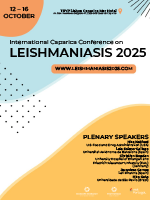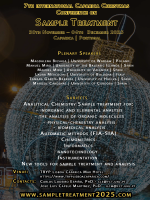DTT protein equalization and Tryptophan protein quantification as a powerful tool in analytical proteomics.
DOI:
https://doi.org/10.5584/jiomics.v14i1.229Keywords:
DTT equalization, tryptophan, proteomics, serum, multiple myelomaAbstract
Assessing total protein levels in biological samples is a common procedure in biochemistry and molecular biology. In this study, we compare tryptophan fluorescence (WF) with Bradford and BCA assays to determine total protein in serum samples. Our results indicate that tryptophan fluorescence spectrometry is an efficient, sensitive, and straightforward technique for quantifying proteins in serum. We observed minimal variation between the three methods: BCA de one with the lowers LOD and LOQ. The tryptophan method offers the possibility of reusing the intact sample that does not need colourimetric reagents for quantification. Consequently, free tryptophan serves as a reliable universal standard. This assay can be performed using a conventional fluorescence spectrometer with cuvettes or in a 96-well plate format with a plate reader. The method was successfully used as proof of concept, using serum from patients diagnosed with myeloma and serum from healthy donors.
Downloads
Additional Files
Published
Issue
Section
License
Copyright (c) 2024 Journal of Integrated OMICS

This work is licensed under a Creative Commons Attribution 4.0 International License.








